Find out more about The Open University’s Language and creativity module.
So how do protest movements go about attempting to communicate their message? This short documentary addresses this question, while also looking at what place protest plays in today’s politics.
When Elon Musk bought Twitter in late April 2022, he declared that ‘Free speech is the bedrock of a functioning democracy’, and that social media offers an important outlet for freedom of expression. What he was alluding to is the idea that democracy as a political system is one that’s founded on debate – on citizens having a say in how they’re governed, and promoting their own political views and ideas via persuasion rather than coercion.
It’s also a way of holding those in power to account, raising awareness of issues that are ignored or otherwise dismissed by the government, and of expressing the will of the people when this diverges dramatically from that of its elected leaders. This is one of the reasons why a key principle accompanying freedom of speech, is the right to protest: the right to organise in groups to speak out against your government if you think they’re mishandling issues or abusing their power.
At the heart of it, then, is the use of language and of other forms of communication (the visual image, performance, etc.). But there’s a notable mismatch between the capabilities that the powerful have compared to what the everyday citizen has when it comes to communicating a political message.


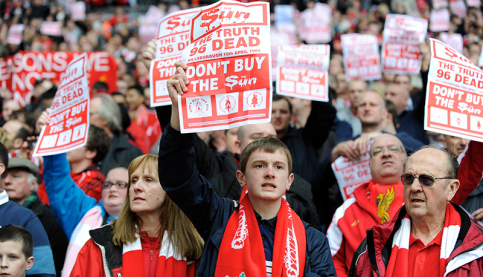

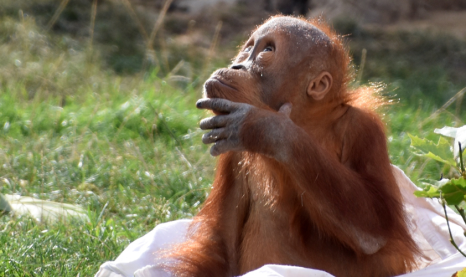
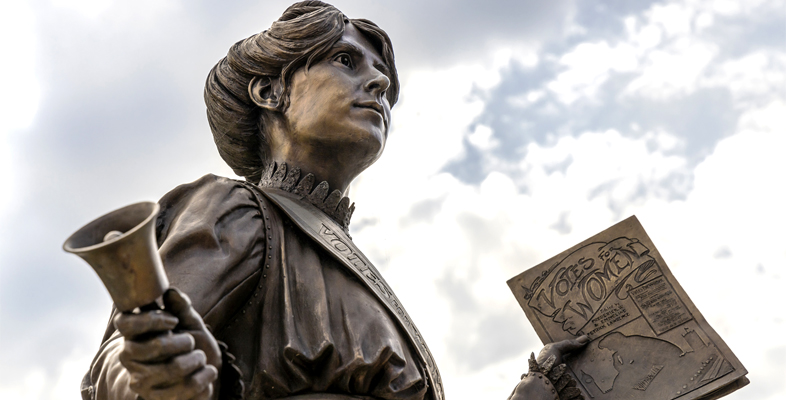
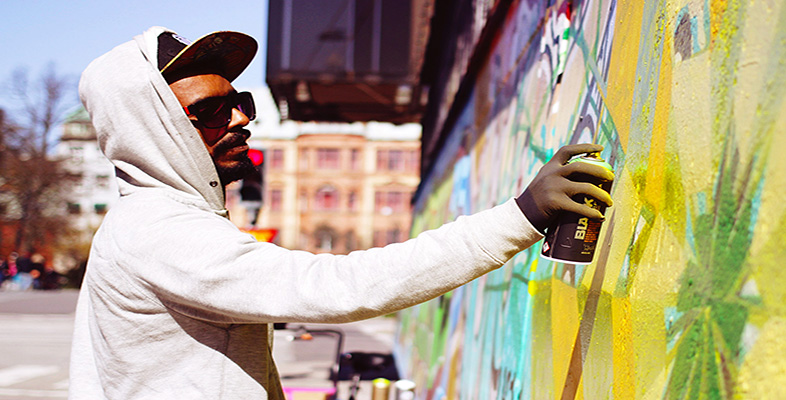
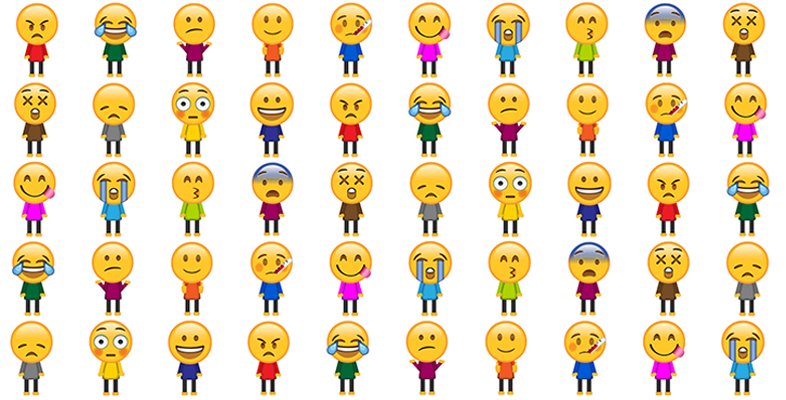
Rate and Review
Rate this video
Review this video
Log into OpenLearn to leave reviews and join in the conversation.
Video reviews